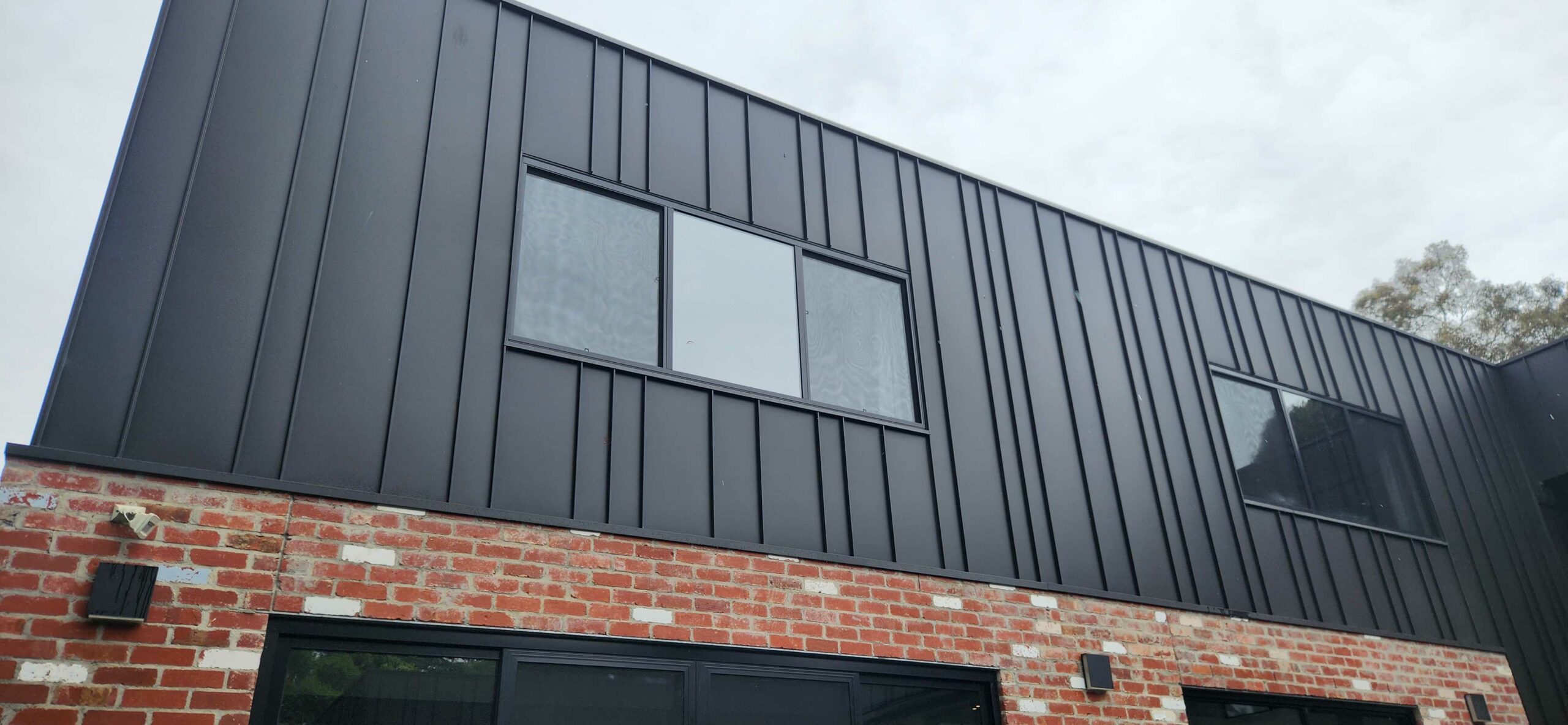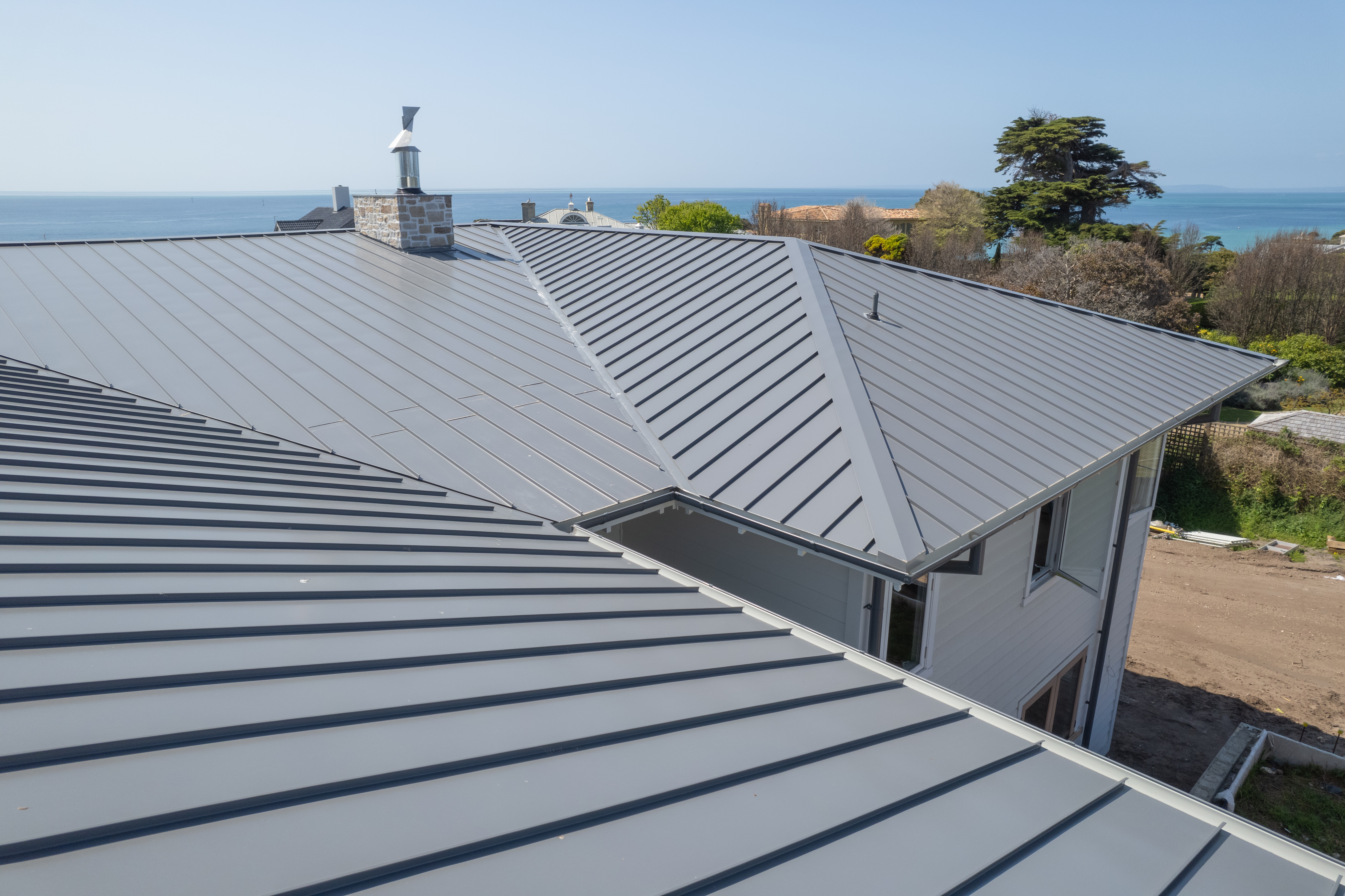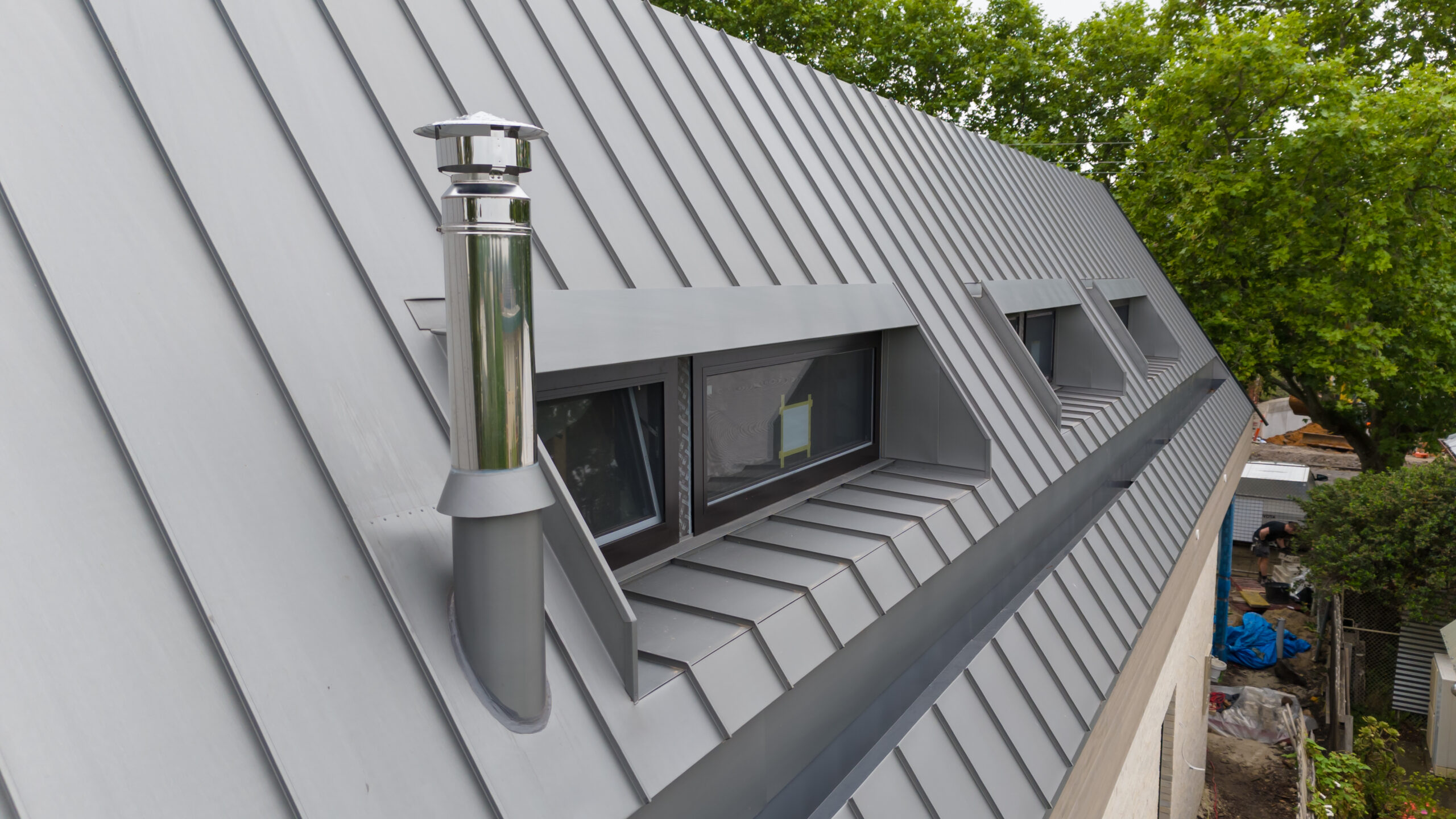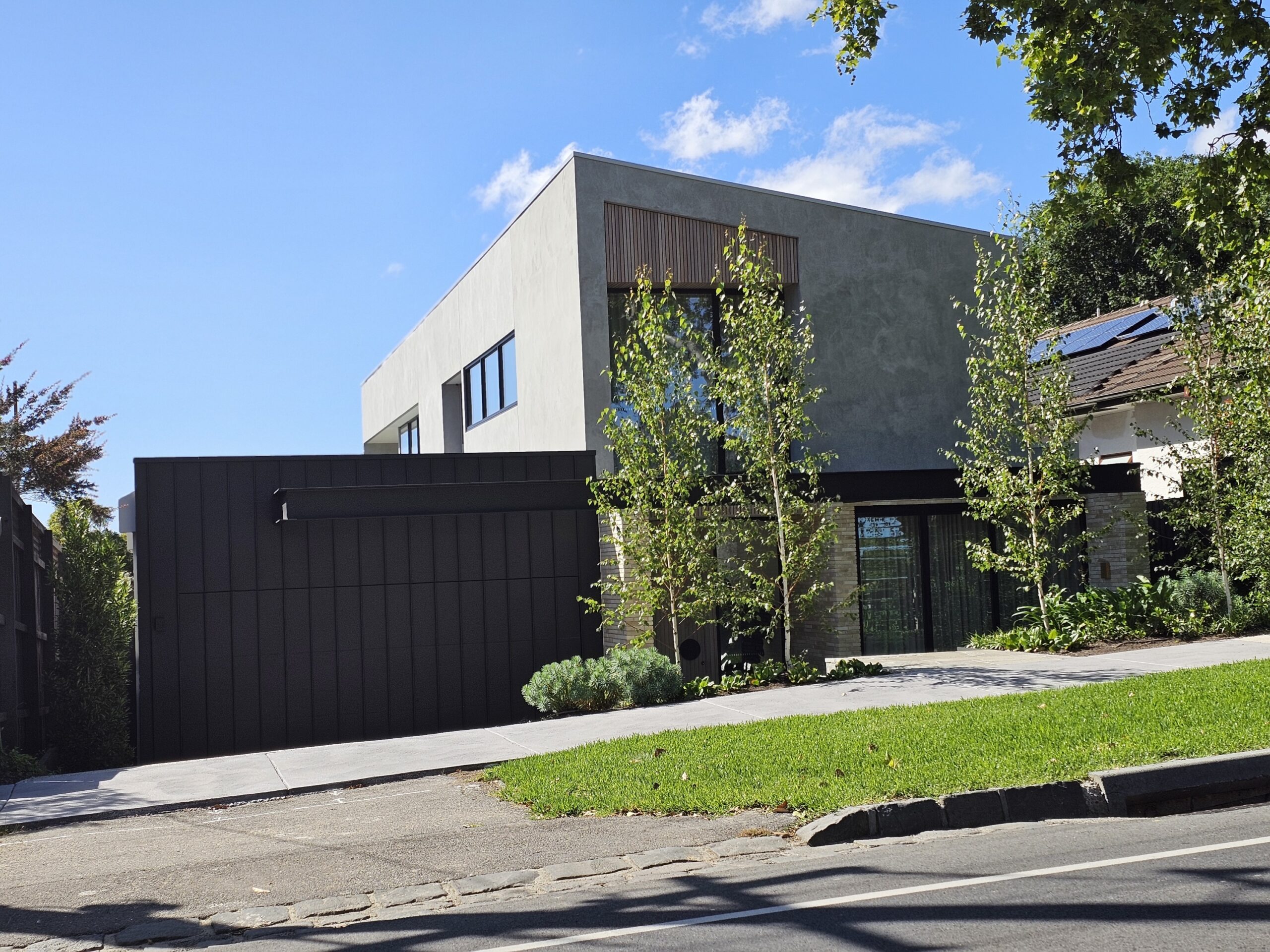
Standing Seam
Characteristics
Standing Seam is one of the oldest systems. Its use has proven itself over centuries in very demanding applications such as the European alpine areas where it is the system of choice when it comes to metal roofing applications.
Applications
Standing seam gives the designer the biggest advantage in terms of flexibility and look. There is an almost infinite amount of detailing options available, including being able to be used on both roof and wall systems alike.
This system can be customized to suit a variety of architectural applications such as tapered sheets, dome roofs and curved structures. The roofing system requires a minimum of 3 degree fall.
System Buildup
The Standing seam system requires a fully supported build up for both walls and roof applications.
It is advised that this plywood sub-construction is installed over battens that allow for a ventilated system. Some material manufacturers make this a requirement to qualify for the material warranty offered.
For wall applications it is recommended that a minimum 15mm thick layer of structural plywood is being used.
For all roof applications a minimum 17mm thick layer of structural plywood is required.
This plywood is then covered with a breathable / waterproof membrane such as ProctorWrap RW (walls) and ProctorWrap HTR (roofs). In some instances the use of a self-adhesive waterproof membrane is recommended such as the ProctorWrap SA.
Depending on the material being used, it is recommended to use a physical separation layer between the metal panels and the sub-construction. We can advise on individual requirements
The above is the manufacturer’s recommendation for a build up on a domestic project. For commercial applications it may be required to meet other guidelines.
Standard Sizes
The standard sizes of the Standing Seam system are dependent of the material coil width and are as follows:
- 1,200mm wide coils (Aluminium, Colorbond, some Copper)
- 230mm
- 330mm
- 530mm (not recommended as it shows a lot of oil canning)
- 1,000mm wide coils (VM Zinc, EL Zinc, Rheinzink, Copper)
- 263mm
- 430mm
- 670mm wide coils (VM Zinc, Rheinzink)
- 600mm -> This has been used on roofing applications predominantly. It is not widely used anymore these days as the materials can show excessive distortion in the panels.
- 263mm
- 430mm
- 600mm -> This has been used on roofing applications predominantly. It is not widely used anymore these days as the materials can show excessive distortion in the panels.
While the above are the standard sizes meaning that there is no waste from the coil material, it is very common to customize the panel sizes to suit each project. The width and length of the panels can easily be changed to better fit the project at hand and allow design flexibility.
Standing Seam height is nominal 25mm from the sub-construction.











